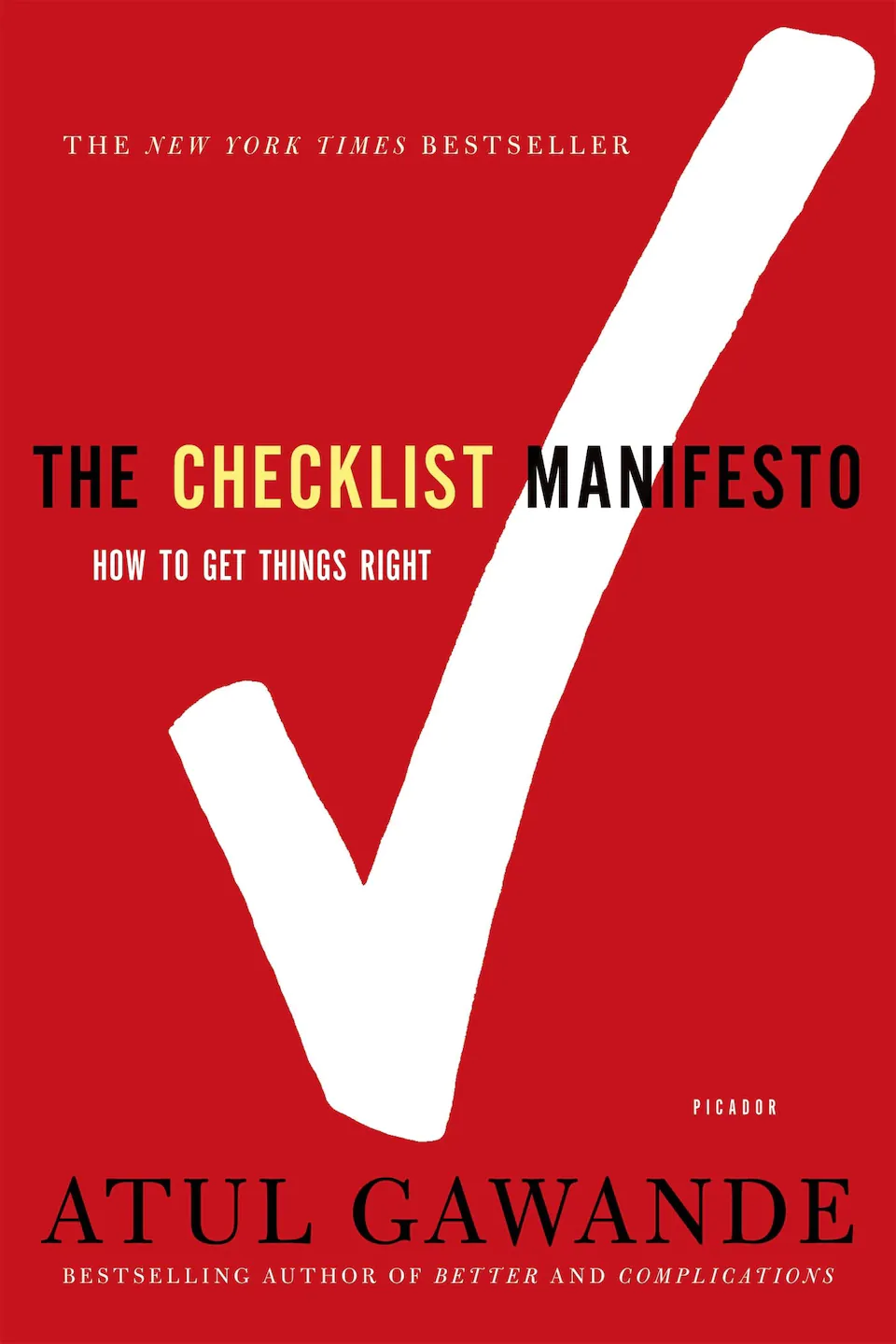The Checklist Manifesto: How to Get Things Right
by Atul Gawande
Added:
Mar 5, 2011
Book Description
We live in a world of great and increasing complexity, where even the most expert professionals struggle to master the tasks they face. Longer training, ever more advanced technologies—neither seems to prevent grievous errors. But in a hopeful turn, acclaimed surgeon and writer Atul Gawande finds a remedy in the humblest and simplest of techniques: the checklist. First introduced decades ago by the U.S. Air Force, checklists have enabled pilots to fly aircraft of mind-boggling sophistication. Now innovative checklists are being adopted in hospitals around the world, helping doctors and nurses respond to everything from flu epidemics to avalanches. Even in the immensely complex world of surgery, a simple ninety-second variant has cut the rate of fatalities by more than a third.
In riveting stories, Gawande takes us from Austria, where an emergency checklist saved a drowning victim who had spent half an hour underwater, to Michigan, where a cleanliness checklist in intensive care units virtually eliminated a type of deadly hospital infection. He explains how checklists actually work to prompt striking and immediate improvements. And he follows the checklist revolution into fields well beyond medicine, from disaster response to investment banking, skyscraper construction, and businesses of all kinds.
An intellectual adventure in which lives are lost and saved and one simple idea makes a tremendous difference, The Checklist Manifesto is essential reading for anyone working to get things right.
Notes & Highlights
You must decide whether you want a DO-CONFIRM checklist or a READ-DO checklist. With a DO-CONFIRM checklist, he said, team members perform their jobs from memory and experience, often separately. But then they stop.
They pause to run the checklist and confirm that everything that was supposed to be done was done. With a READ-DO checklist, on the other hand, people carry out the tasks as they check them off—it’s more like a recipe. So for any new checklist created from scratch, you have to pick the type that makes the most sense for the situation. The checklist cannot be lengthy. A rule of thumb some use is to keep it to between five and nine items, which is the limit of working memory.
But after about sixty to ninety seconds at a given pause point, the checklist often becomes a distraction from other things. People start “shortcutting.” Steps get missed. So you want to keep the list short by focusing on what he called “the killer items”—the steps that are most dangerous to skip and sometimes overlooked nonetheless. (Data establishing which steps are most critical and how frequently people miss them are highly coveted in aviation, though not always available.)
It is common to misconceive how checklists function in complex lines of work. They are not comprehensive how-to guides, whether for building a skyscraper or getting a plane out of trouble. They are quick and simple tools aimed to buttress the skills of expert professionals. And by remaining swift and usable and resolutely modest, they are saving thousands upon thousands of lives.
Get a copy
